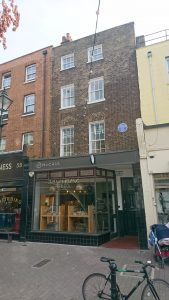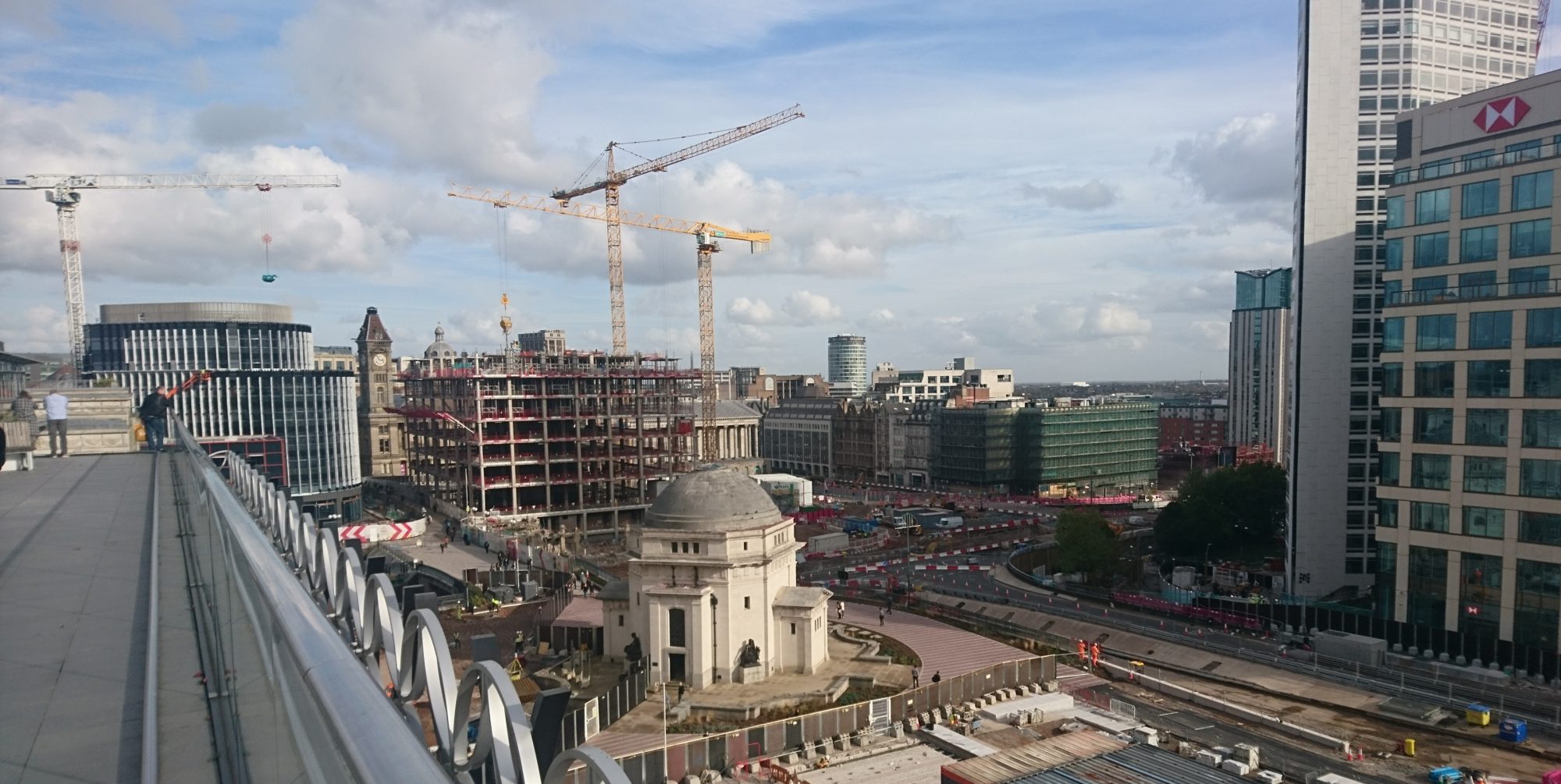On Saturday I presented at the Modernist Studies Association in Colombus, Ohio, via Skype. Many thanks to organizer Sarah Fedirka, chair Courtenay and co-panelist Elizabeth Evans. It worked surprisingly well, on the whole, although reading my paper out without seeing the room and just trusting that someone was clicking through the slides in the right order at the other end (they were) was a novelty. I was able to participate in the Q and A well too: not seeing who was in the room made it easier to focus on the words of a question.
The title of the paper was ‘Holborn Inhabitations: Fragile Geographies of London’s Italian “Colony”, 1877-2017’.
Here are the first few paragraphs:
In 1877 Adolphe Smith wrote that that while ‘[m]ost persons are aware that there is an Italian colony at Saffron Hill, it is strange how few visitors ever penetrate this curious quarter’. In the text of Street Life in London, written to accompany John Thomson’s incredibly vivid and pioneering works of street photography, Smith produced sketches following in the footsteps of Dickens’s persona as Boz.
140 years later, shortly before his death at the age of 95, the London organized crime boss Bert Rossi told a ghostwriter, ‘I’ve kept my money, live in a nice part of London. Who’d have thought an Italian boy from the Saffron Hill slums would end up living next door to Boris Johnson?’ In these words, Rossi taps into Saffron Hill’s close-to-legendary reputation as a London slum district. It is a reputation that stretches stretching back far earlier than Rossi’s birth thereabouts in 1922, indeed beyond Dickens (in Oliver Twist, Fagin’s gang is based on Saffron Hill) as far back as the early-eighteenth-century. Then the ‘Thief-Taker General’ Jonathan Wild had a house on Saffron Hill in which he was said to dispose of bodies by dropping them into the waters of the River Fleet via a trap-door, and to have escape routes leading to Clerkenwell, on the eastern side of the river. An inn, the Old Red Lion, survived into the mid-nineteenth century, by which time it seemed a shameful yet fascinating relic of an earlier London: needing removal but also transmission via illustrated record.

The houses of this narrow north-south artery, crammed between the City of London to the east and Holborn to the west, backed on to the Fleet River or rather ditch. It was no doubt a physically repugnant area at least until the 1840s when today’s Farringdon Road was cut through the area and the Fleet hidden away in a sewer.
 My paper works with a long timescale of modern and migration. This begins half a century before Smith and Thomson produced Street Life in London when Italian political exiles began choosing the city as somewhere to live outside the reach of tyranny, and indeed reaching back to the turn of the nineteenth century heyday of the actor and comedian Joseph Grimaldi. The memory of this legendary clown was used to romanticize the area by a survival of the era of high modernism writing in the 1970s, Sacheverell Sitwell.
My paper works with a long timescale of modern and migration. This begins half a century before Smith and Thomson produced Street Life in London when Italian political exiles began choosing the city as somewhere to live outside the reach of tyranny, and indeed reaching back to the turn of the nineteenth century heyday of the actor and comedian Joseph Grimaldi. The memory of this legendary clown was used to romanticize the area by a survival of the era of high modernism writing in the 1970s, Sacheverell Sitwell.
The images show, from above, the entrance to St Peter’s Italian Church on Clerkenwell Road and, below, the blue plaque commemorating Joseph Grimaldi on Exmouth Market, EC1.
